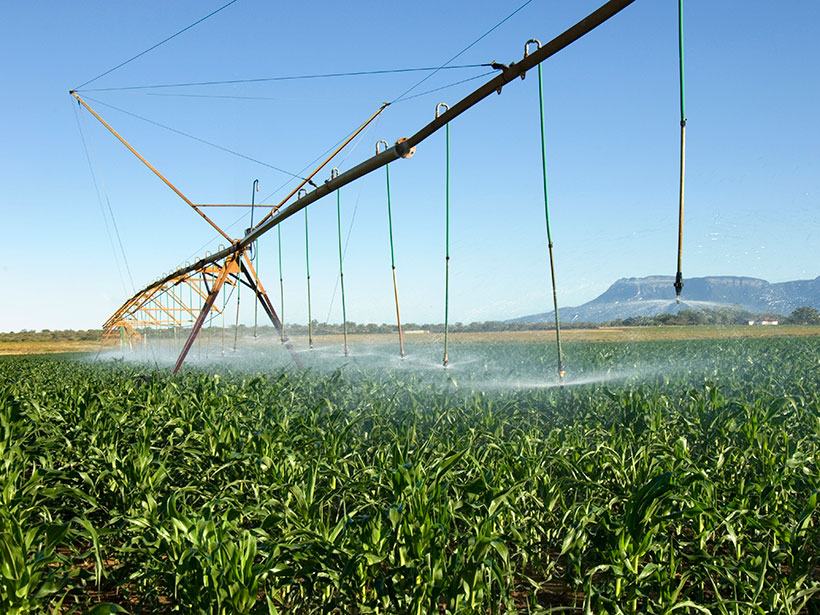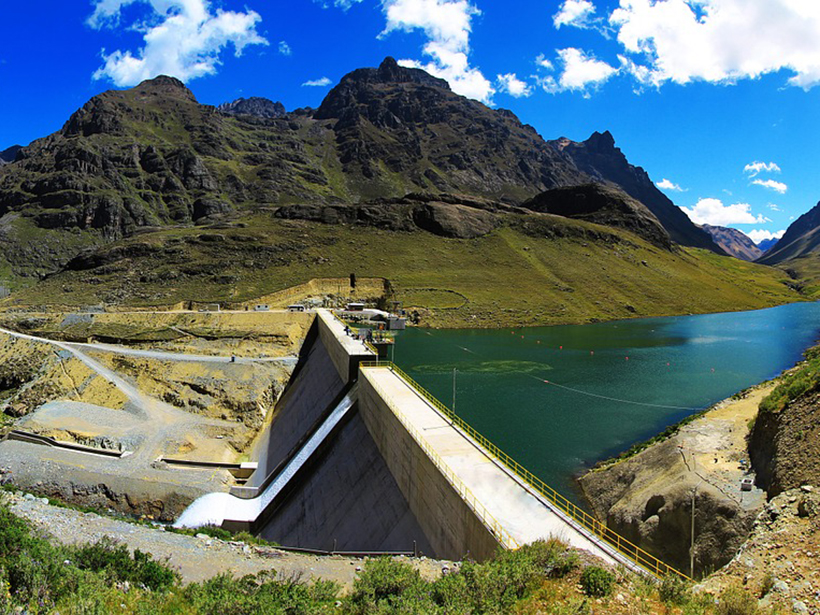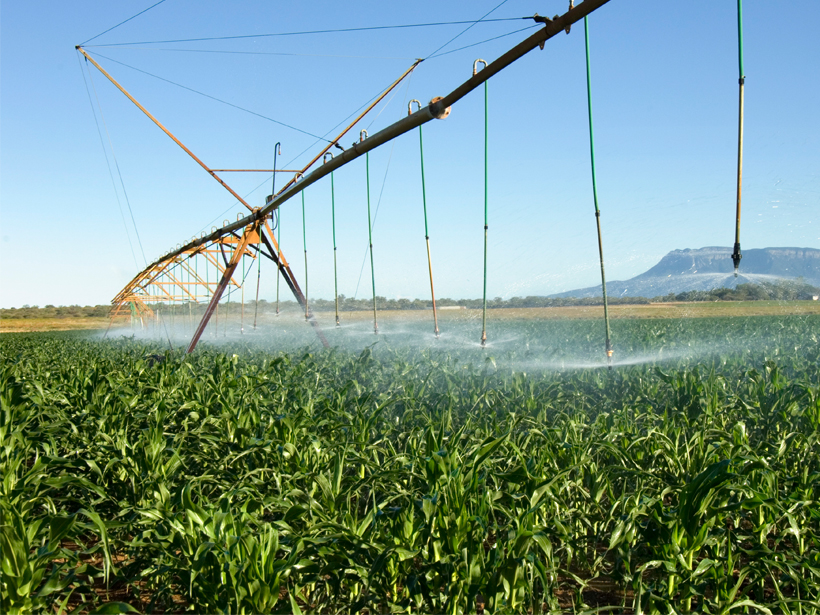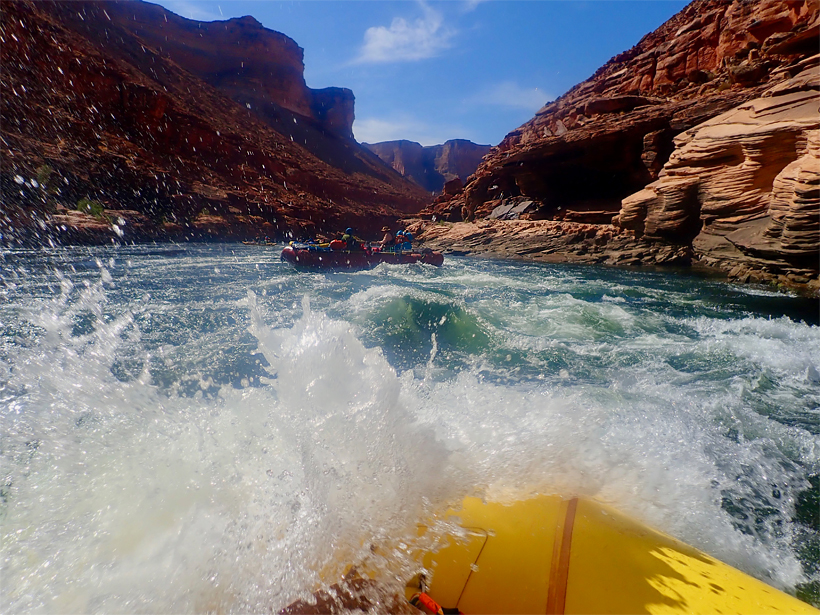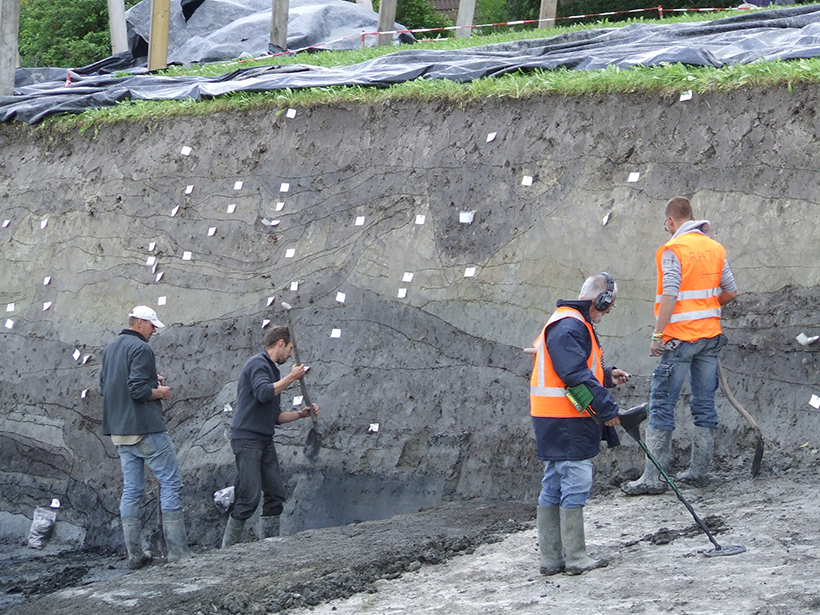Nationwide, civil engineers consider precipitation values from NOAA to design their structures. But those values are missing another contributor to flood risk: snowmelt.
dams & reservoirs
Minireservorios Podrían Salvar a Agricultores con Suelos Arenosos
Una tecnología de retención de agua subterránea recientemente reactivada podría conservar el agua y aumentar drásticamente el rendimiento de los cultivos en paisajes áridos con suelos arenosos como el África Subsahariana.
Dams Alter Nutrient Flows to Coasts
New models indicate how dams worldwide influence the mix of nutrients in river water reaching the ocean. As more dams are built, changing nutrient loads may adversely affect coastal ecosystems.
High Water: Prolonged Flooding on the Deltaic Mississippi River
Changing climate and land use practices are bringing extended periods of high water to the lower Mississippi River. New management practices are needed to protect people, industry, and the land.
Poor Water Management Implicated in Failure of Ancient Khmer Capital
Researchers used remote sensing technologies to map Koh Ker’s buried reservoir and calculate its capacity to hold water during the rainy season.
Europe’s Rivers Are the Most Obstructed on Earth
By analyzing satellite imagery of rivers worldwide, researchers have pinpointed over 35,000 obstructions like dams and locks that affect an environment’s ecology, hydrology, and water resources management.
Minireservoirs Could Save Farmers with Sandy Soils
A recently revived subsurface water retention technology could conserve water and drastically increase crop yields in arid landscapes with sandy soils like sub-Saharan Africa.
Hydropower and Bugs
Alpine hydropower plants commonly flush sediment that accumulates at intakes, but the associated rapid rise in discharge, turbidity, and streambed instability put aquatic insects at risk.
Will Earth’s Grandest Canyon Keep Getting Grander?
Living in Geologic Time: Rafting through the past, present, and future of the Colorado River and the Grand Canyon.
Historic Solutions to Sea Level Rise May Help Modern Communities
Earthen mounds helped ancient Dutch settlers thrive in coastal flood zones. Could historical engineering help us fight against rising seas?


